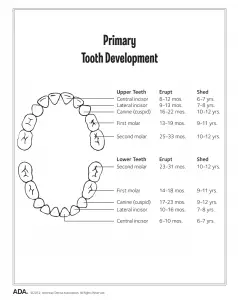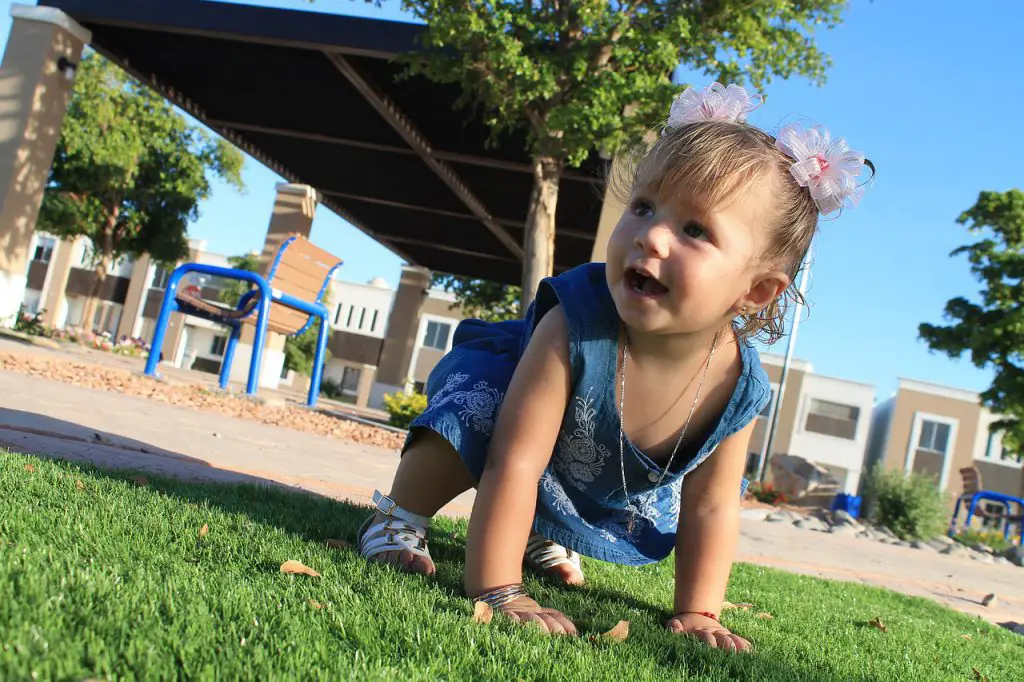Symptoms of teething in toddlers are almost similar to those symptoms your baby experience during their baby teething stage. Toddler teething symptoms include ; swelling or inflammation of the gums, irritability, disrupted sleep, drooling, loss of appetite, rash around the mouth, rash around the but area , mild temperature, mild fever, diarrhea, increased biting, head aches ,gum-rubbing, gnawing and chewing, ear-rubbing, chick rubbing, biting mothers nipples if toddler is still breast feeding, and loose stool.
What are the first signs of teething?
Symptoms of teething in toddlers.

While toddler teething is nothing new. There are signs of teething that are first noted . When these occur ,you will immediately know that your baby is experiencing teething symptoms. These first signs include; a runny nose , chewing on everything, bitting nipples while breastfeeding. When you see your baby behaving like this just know that they are experiencing teething symptoms.
How many teeth should a toddler have?.

Teething varies from baby to baby . However, the question “ how many teeth should a toddler have? Is not a difficult one to answer. Though not all ! Eleven months old babies are most likely to have about four teeth in total. As time passes by your toddler will continue to get more teeth coming in .Thus, his or her’s first molars ; with a total of eight teeth at fifteen months. With the last teeth appearing in time for their third birthday.
Toddler teething timeline.
6 to 15 months:
Around this time frame you will have the upper and lower central incisors coming in . These incisors be positioned in the middle of the mouth, with the lower ones making their debut first. Coming in next are the lateral incisors ; these teeth come in on either side of the center ones that are already there. They normally break through around nine months of age. The first toddler molars appear next . These breakout through the gums early in the second year. Though some tots may not start cutting those toddler molars until 18 or 19 months. These molars tend to hurt as they poke through the gums.
16 to 23 months:
Around this age, your toddler will get their pointy fang teeth. These pointy teeth are referred to as canines. These are located between the lateral incisors and the first toddler molars. With, the upper canines turning up a few months before the lower ones.
23 and 33 months:
Toward the end of the second year; the back, molars on the top and bottom now starts to pop up. With the last set of molars coming in by the time your toddler turns thirty- three months old, if not before, and by the age of 3.
What age is a baby considered a toddler?
What is a toddler?
Your baby is considered a toddler when he or she turns twelve months old, and up until the time they turn thirty– six months old . So, if your baby has celebrated their first birthday; it means that he or she automatically been promoted to toddler . According to the Centers for Disease Control (CDC) , kids between the ages of twelve months and thirty- six months are considered to be toddlers.
Symptoms of teething in toddlers.
When your baby is teething , he or she experience following symptoms , diarrhea, irritability, disrupted sleep. Rush around the pooping area, swelling or inflammation of the gums, drooling, loss of appetite, rash around the mouth, mild temperature, increased biting and gum-rubbing, runny poop, and even ear-rubbing.
Molar teething symptoms in toddlers.
How long does it last?
It usually takes two to three days for an individual to cause discomfort in a toddler before it comes in. Though in some babies it might take longer before the tooth erupt.
Toddler teething relief.
Cold food;
Serve cold foods such as applesauce, yogurt, and refrigerated or frozen fruit for babies who eat solid foods.
Teething biscuits;
Teething biscuits are an option as well.
Clean gums;
Keep your babies gums hygienic to protect against cavities. Be sure to introduce the use of a toothbrush on your baby’s teeth to remove plaque and prevent cavities.
Pain killers;
Ibuprofen is good and more effective in children as it relieves pain, fever , inflammation and even headaches.



